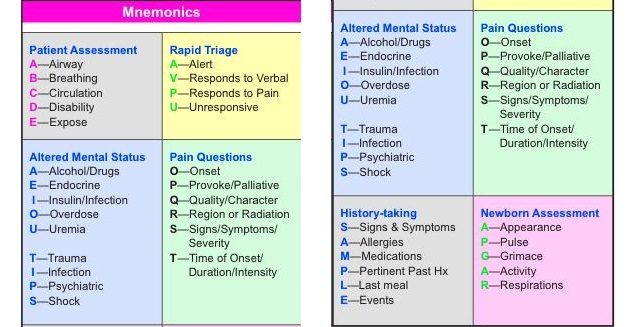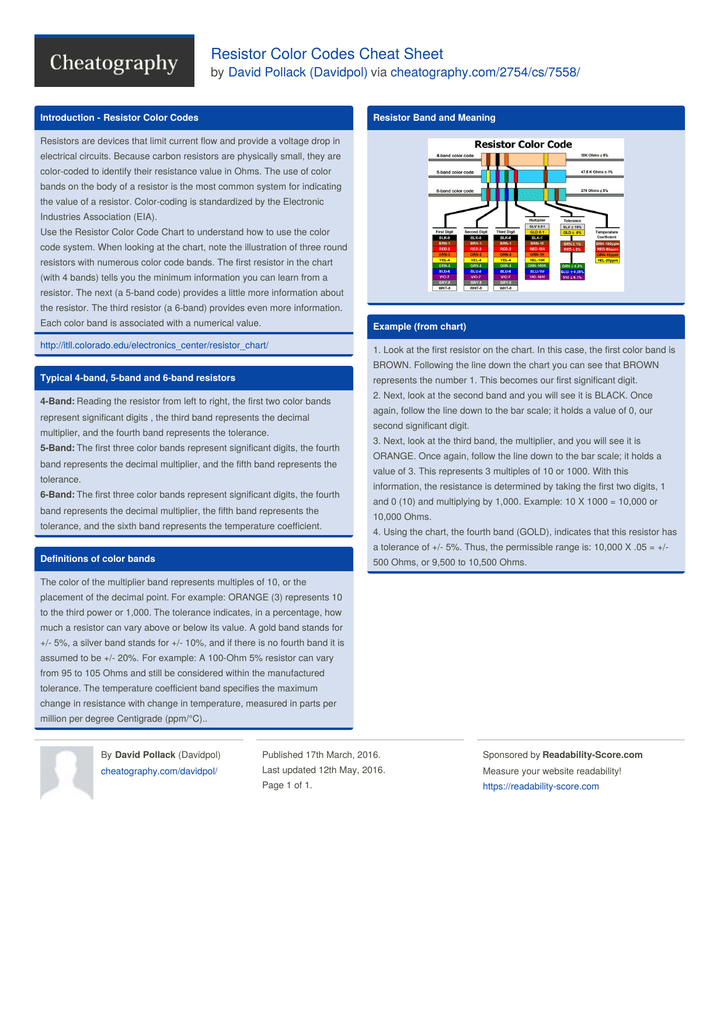1xx Informational
HTTP Status Codes for Rails Enjoy this cheat sheet at its fullest within Dash, the macOS documentation browser. HTTP status codes and their respective Rails symbol representations. For example,:notfound can be used instead of 404 in a render call: render file: '404.html.erb', status::notfound. Title: HTTP Status Codes Cheat Sheet by kstep - Cheatography.com Created Date: 3924Z. May 13, 2015 - This Pin was discovered by Bodya Dok. Discover (and save!) your own Pins on Pinterest. Today’s poster is for the variety of HTTP status codes which exist. Not only is there the 34 original HTTP v1.0 ones and the 6 new ones that came in with 1.1. There is also another 10 extensions from official RFC’s, and two special case ones. That is 52 in total, and it isn’t easy to remember what they are all are – so this poster is a cheat sheet to help with that.
The server has received the request headers, and that the client should proceed to send the request body. | |
The requester has asked the server to switch protocols and the server is acknowledging that it will do so. | |
The server has received and is processing the request, but no response is available yet. |


2xx Success
The standard response for successful HTTP requests. | |
The request has been fulfilled and a new resource has been created. | |
The request has been accepted but has not been processed yet. This code does not guarantee that the request will process successfully. | |
HTTP 1.1. The server successfully processed the request but is returning information from another source. | |
The server accepted the request but is not returning any content. This is often used as a response to a | |
Similar to a | |
The server is delivering only a portion of the content, as requested by the client via a range header. | |
The message body that follows is an XML message and can contain a number of separate response codes, depending on how many sub-requests were made. WebDAV - RFC 4918 | |
The members of a DAV binding have already been enumerated in a previous reply to this request, and are not being included again. WebDAV - RFC 5842 | |
The server has fulfilled a GET request for the resource, and the response is a representation of the result of one or more instance-manipulations applied to the current instance. |
3xx Redirection
There are multiple options that the client may follow. | |
The resource has been moved and all further requests should reference its new URI. | |
The HTTP 1.0 specification described this status as 'Moved Temporarily', but popular browsers respond to this status similar to behavior intended for | |
The resource can be retrieved by following other URI using the | |
The resource has not been modified since the version specified in | |
HTTP 1.1. The resource is only available through a proxy and the address is provided in the response. | |
Deprecated in HTTP 1.1. Used to mean that subsequent requests should be sent using the specified proxy. | |
HTTP 1.1. The request should be repeated with the URI provided in the response, but future requests should still call the original URI. | |
Experimental. The request and all future requests should be repeated with the URI provided in the response. The HTTP method is not allowed to be changed in the subsequent request. | |
This code is used in the Resumable HTTP Requests Proposal to resume aborted PUT or POST requests |
4xx Client Error
The request could not be fulfilled due to the incorrect syntax of the request. | |
The requester is not authorized to access the resource. This is similar to | |
Reserved for future use. Some web services use this as an indication that the client has sent an excessive number of requests. | |
The request was formatted correctly but the server is refusing to supply the requested resource. Unlike | |
The resource could not be found. This is often used as a catch-all for all invalid URIs requested of the server. | |
The resource was requested using a method that is not allowed. For example, requesting a resource via a | |
The resource is valid, but cannot be provided in a format specified in the | |
Authentication is required with the proxy before requests can be fulfilled. | |
The server timed out waiting for a request from the client. The client is allowed to repeat the request. | |
The request cannot be completed due to a conflict in the request parameters. | |
The resource is no longer available at the requested URI and no redirection will be given. | |
The request did not specify the length of its content as required by the resource. | |
The server does not meet one of the preconditions specified by the client. | |
The request is larger than what the server is able to process. | |
The URI provided in the request is too long for the server to process. This is often used when too much data has been encoded into the URI of a | |
The client provided data with a media type that the server does not support. | |
The client has asked for a portion of the resource but the server cannot supply that portion. | |
The server cannot meet the requirements of the Expect request-header field. | |
Any attempt to brew coffee with a teapot should result in the error code '418 I'm a teapot'. The resulting entity body MAY be short and stout. HTCPCP - RFC 2324 | |
The request was directed at a server that is not able to produce a response. This can be sent by a server that is not configured to produce responses for the combination of scheme and authority that are included in the request URI. HTTP/2 - RFC 7540 | |
The request was formatted correctly but cannot be processed in its current form. Often used when the specified parameters fail validation errors. WebDAV - RFC 4918 | |
The requested resource was found but has been locked and will not be returned. WebDAV - RFC 4918 | |
The request failed due to a failure of a previous request. WebDAV - RFC 4918 | |
The client should repeat the request using an upgraded protocol such as TLS 1.0. | |
The origin server requires the request to be conditional. Additional HTTP Status Codes - RFC 6585 | |
The user has sent too many requests in a given amount of time ('rate limiting'). Additional HTTP Status Codes - RFC 6585 | |
The server is unwilling to process the request because its header fields are too large. Additional HTTP Status Codes - RFC 6585 | |
A Microsoft extension. Indicates that your session has expired. | |
Used in Nginx logs to indicate that the server has returned no information to the client and closed the connection (useful as a deterrent for malware). | |
A Microsoft extension. The request should be retried after performing the appropriate action. | |
450 Blocked by Windows Parental Controls (Microsoft) A Microsoft extension. This error is given when Windows Parental Controls are turned on and are blocking access to the given webpage. | |
A server operator has received a legal demand to deny access to a resource or to a set of resources that includes the requested resource. The code 451 was chosen as a reference to the 1953 dystopian novel Fahrenheit 451, where books are outlawed. An HTTP Status Code to Report Legal Obstacles - RFC 7725 | |
Used in Exchange ActiveSync if there either is a more efficient server to use or the server cannot access the users' mailbox. | |
Nginx internal code similar to 431 but it was introduced earlier in version 0.9.4 (on January 21, 2011). | |
Nginx internal code used when SSL client certificate error occurred to distinguish it from 4XX in a log and an error page redirection. | |
Nginx internal code used when client didn't provide certificate to distinguish it from 4XX in a log and an error page redirection. | |
Nginx internal code used for the plain HTTP requests that are sent to HTTPS port to distinguish it from 4XX in a log and an error page redirection. | |
Returned by ArcGIS for Server. A code of 498 indicates an expired or otherwise invalid token. | |
Used in Nginx logs to indicate when the connection has been closed by client while the server is still processing its request, making server unable to send a status code back. | |
Returned by ArcGIS for Server. A code of 499 indicates that a token is required (if no token was submitted). |
5xx Server Error
A generic status for an error in the server itself. | |
The server cannot respond to the request. This usually implies that the server could possibly support the request in the future — otherwise a | |
The server is acting as a proxy and did not receive an acceptable response from the upstream server. | |
The server is down and is not accepting requests. | |
The server is acting as a proxy and did not receive a response from the upstream server. | |
The server does not support the HTTP protocol version specified in the request. | |
Transparent content negotiation for the request results in a circular reference. | |
The user or server does not have sufficient storage quota to fulfill the request. WebDAV - RFC 4918 | |
The server detected an infinite loop in the request. WebDAV - RFC 5842 | |
509 Bandwidth Limit Exceeded (Apache bw/limited extension) This status code is not specified in any RFCs. Its use is unknown. | |
Further extensions to the request are necessary for it to be fulfilled. | |
The client must authenticate with the network before sending requests. | |
This status code is not specified in any RFC and is returned by certain services, for instance Microsoft Azure and CloudFlare servers: 'The 520 error is essentially a 'catch-all' response for when the origin server returns something unexpected or something that is not tolerated/interpreted (protocol violation or empty response).' | |
The origin server has refused the connection from CloudFlare. | |
CloudFlare could not negotiate a TCP handshake with the origin server. | |
CloudFlare could not reach the origin server; for example, if the DNS records for the origin server are incorrect. | |
CloudFlare was able to complete a TCP connection to the origin server, but did not receive a timely HTTP response. | |
CloudFlare could not negotiate a SSL/TLS handshake with the origin server. | |
CloudFlare could not validate the SSL/TLS certificate that the origin server presented. | |
The request timed out or failed after the WAN connection has been established. |

Httpstatuses
Notes

Http Response Status Codes Cheat Sheet
- Based on cheat.errtheblog.com and List of HTTP status codes on Wikipedia.

